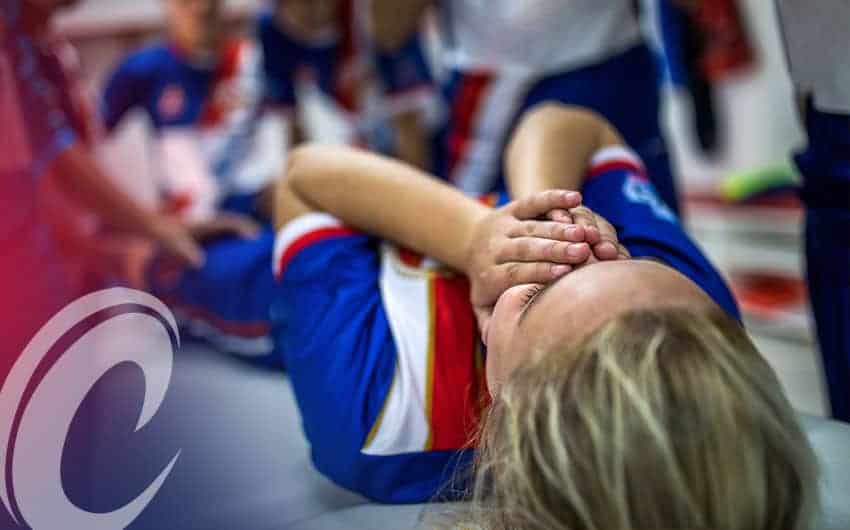One of the most common injuries seen in women’s soccer today are ACL tears. It is not uncommon to see young female soccer players, especially by college, that have torn at least one of their ACLs, if not both. Unfortunately, this is simply due to anatomical makeup with women generally having wider hips than men, thus increasing the angle (AKA: Q angle) between their hips and knees. Thus, this increases the stress on female soccer players knees. And, in a sport that requires quick cutting and change of direction movements, this can create some problems in the form of potential damage to the ACL.
In addition, female soccer players ought to be around a 2:1 ratio in regard to their quadriceps to hamstrings size. However, often times you’ll see in soccer players a ratio that appears to be more towards a 3 or 4 to 1 ratio. This then should indicate to trainers that focusing on getting the athlete closer to 2:1 is very crucial to their performance and safety. Thus, hamstring and posterior chain focused exercises ought to be included in female soccer players’ strength programs.
It is also important for coaches and trainers to be aware of these risks and incorporate prevention-based exercises into young female soccer players’ programs. For instance, single leg exercises are extremely beneficial in lowering this risk. These single leg exercises include, but are not limited to, jumping with 2 landing with 1 on a 6-inch box, single leg RDLs, focusing on shock absorption mechanics, SL squat jumps, skaters, etc. Single leg exercises are essential to the female soccer players’ strength program in order to see the results that the trainer and athlete desire.
It is important to remember that there is no way to completely eliminate the risk of an athlete tearing their ACL, but it is possible to lower that risk significantly. Therefore, be aware of the risks associated with female soccer players so that you can then help them perform at their best and stay safe on the field.
Taylor Rowden is a Strength Coach at Compete Sports Performance and Rehab in Lake Forest, California. Taylor graduated from the Master’s University with a degree in Kinesiology with an emphasis on sports injury and exercise science.

